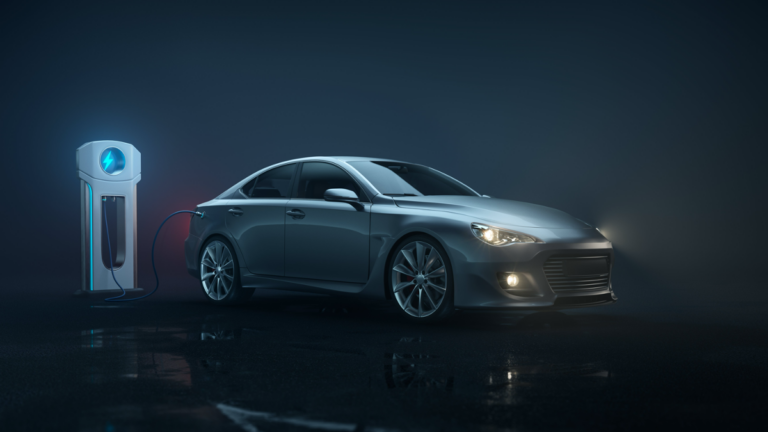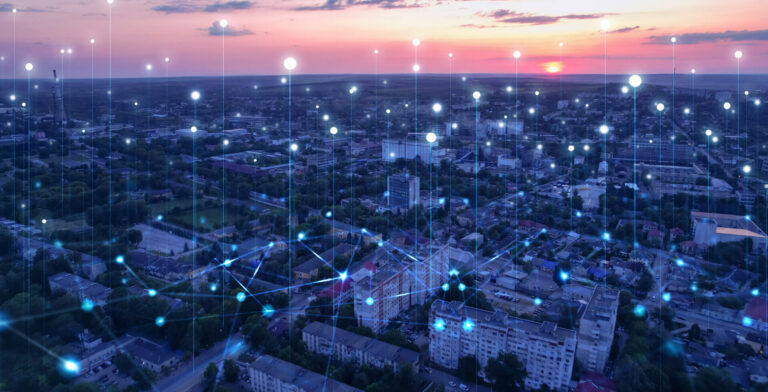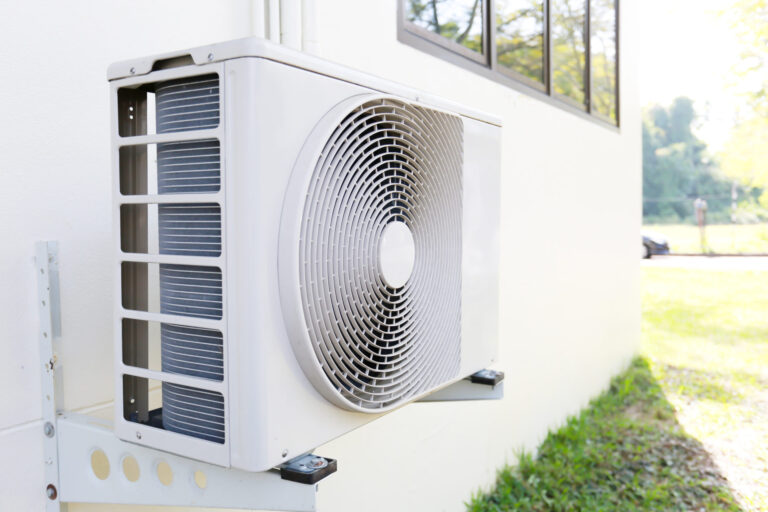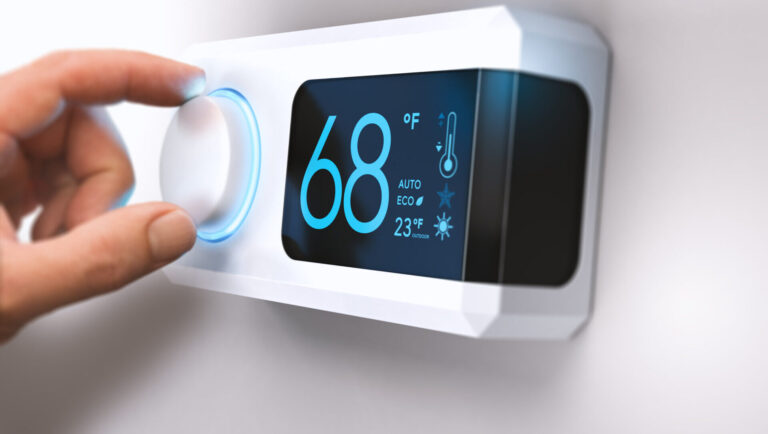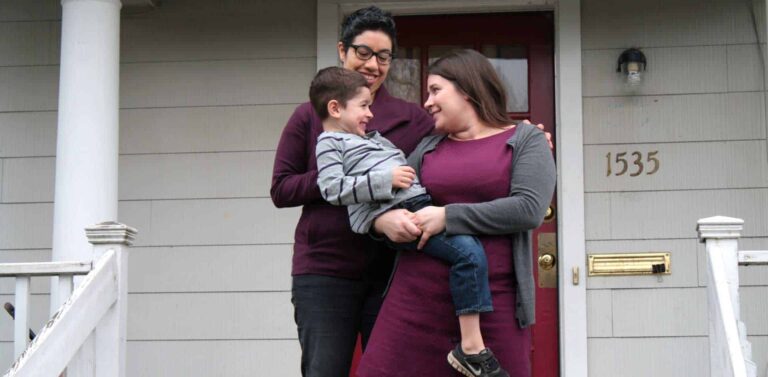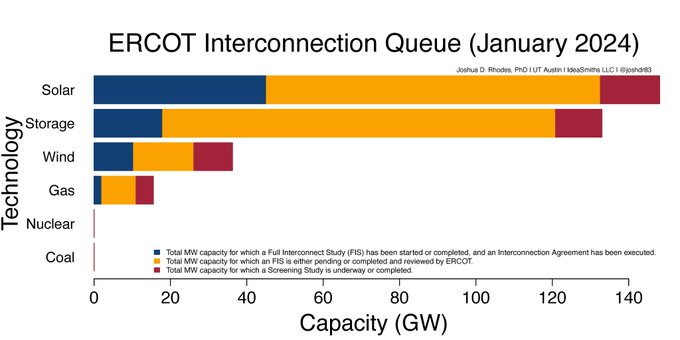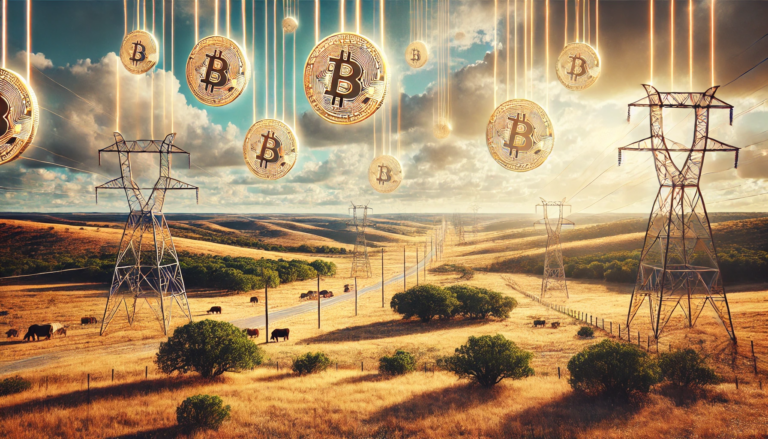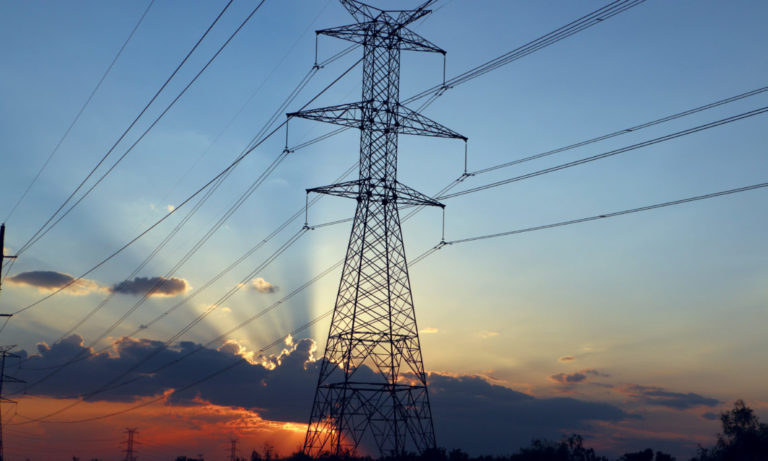October 2, 2016
Hawaii’s tremulous effort to embrace solar energy—but not too fast—may be holding at bay an explosion of rooftop solar in the island state, according to experts in data and adoption behavior.
“Whether it’s birth control in Andean Highland villages or iPhones there’s similar patterns in almost any innovation,” said Brewster McCracken, the CEO of the Austin-based utility-research institute Pecan Street. ”And it starts with a few who adopt. It’s when that second group that consists of influencers in the community adopt that you’ll go from 5, 6, 7, 10 percent, and when you get to 15 percent you go to 60 percent really fast.”
The number of Hawaiian Electric Company customers who have adopted rooftop solar reached 17 percent at the start of this year, HECO announced in January. But the utility has slowed projects that it says threaten the stability of the grid, and last year the Hawaii Public Utilities Commission replaced a popular net-metering program with one purported to more carefully control costs and strains to the grid.
HECO began slowing rooftop solar at least three years ago, saying rapid adoption was threatening grid stability. At the time, former Energy Sec. Steven Chu called HECO’s claim “another bullshit argument,” and said solar adoption doesn’t threaten grid stability until it approaches 20% At the time HECO said solar penetration had reached 11% in some markets. Now it’s approaching Chu’s 20 percent.
“There’s an interesting implication to that,” McCracken said last week at the 2016 Surge Summit sponsored by the Illinois Science and Energy Innovation Foundation in Chicago. ”We know from all these other human endeavors that when you get to 10 to 15%, you suddenly get to 60% really fast. Which is I think one of the reasons why the West Coast and Hawaiian utilities are kind of nervous about rooftop solar, because they understand these implications.”









